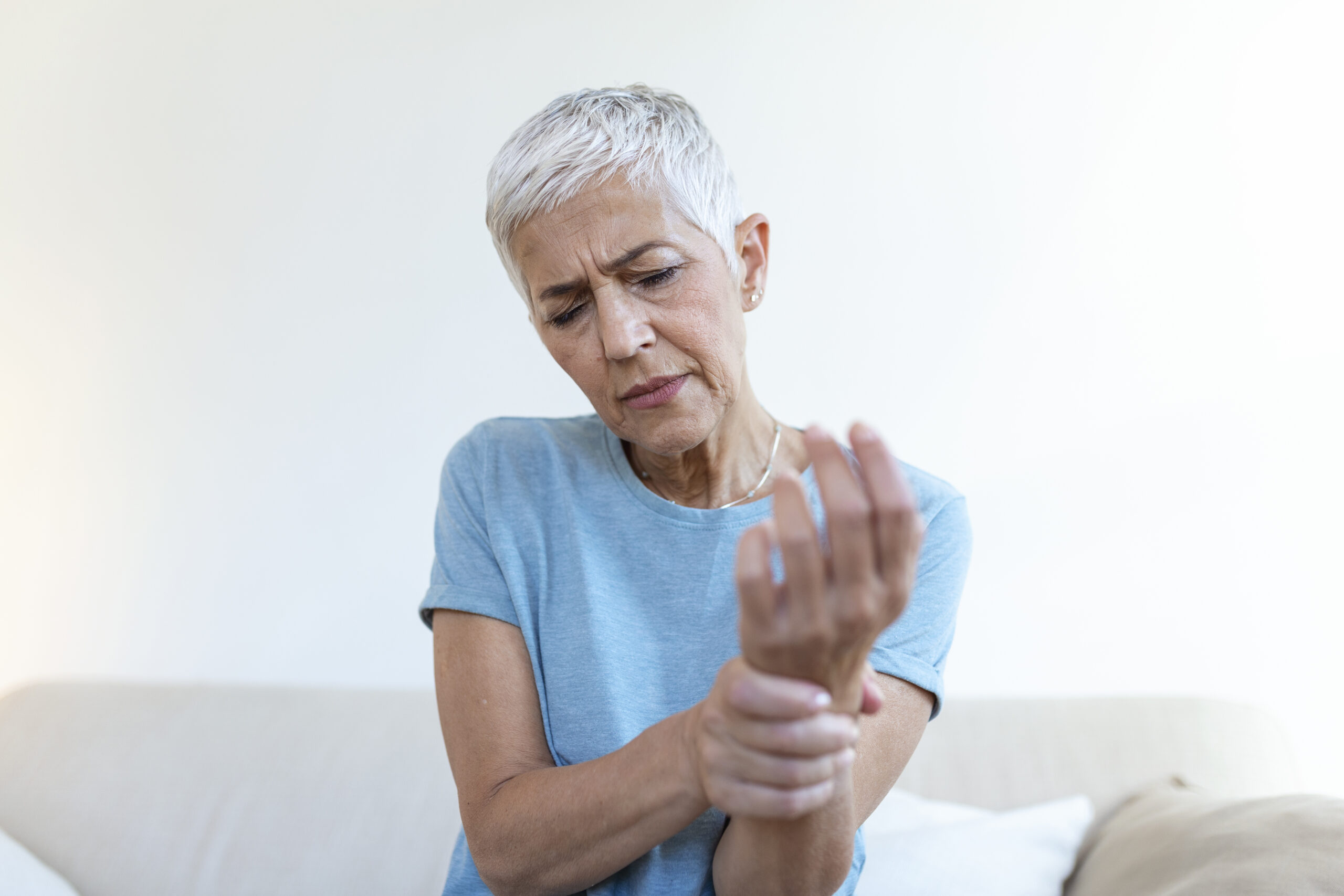What is Joint Mobilization in Physiotherapy?

Joints are where two bones connect, which in turn helps you move freely. There are several joints all over your body. Examples include a hinge joint in the elbow or a saddle joint in your thumb. Injuries, a sedentary lifestyle or age can affect how your joints function. The good news is you can maintain the health of your joints through joint mobilization exercises provided at physiotherapy clinics.
We have at least hundreds of joints all over our body. These are protected by physiological structures like cartilage, capsules, ligaments, tendons and muscle fibers. That means these are also highly susceptible to injuries, strains and stress. Joint mobilization is a manual technique performed by chiropractors and physiotherapists to help your joints and all surrounding structures function optimally.
How Does it Work?
The physiotherapist assesses your body to determine the following:
- Range of motion
- Pain level
- Muscle strength
- Muscle and bone coordination
- Posture
These factors help them diagnose the problem and decide if this is the right treatment for you. They use their hands to identify the origin of your injury. Then they guide you through joint mobilization exercises that will help release the tension from those targetted joints or surrounding structures.
The technique involves the physiotherapist applying pressure to a specific body area while stabilizing an adjoining segment of the injured body. The pressure can be gentle or forceful depending on what your body needs to recover completely.
Who Does it Benefit?
Joint mobilization is highly beneficial for anyone with stiffness or pain in the musculoskeletal system. The common conditions where you can use this technique to heal are:
- Chronic back pain
- Osteoarthritis in the knee and hips
- Tennis elbow
- Shoulder pain and stiffness
- Plantar fasciitis
- Ankle sprains
Also, this technique isn’t for everyone. You should talk to your physical therapist before deciding to get it.
What are the Benefits of Joint Mobilization Exercises?
Though the technique has the term ‘joint’ in it, it also treats other structures such as muscles, tissues, ligaments and cartilages. Injuries to these structures can occur in all walks of life leading to pain and immobility in specific areas. Joint mobilization can help you restore your optimal strength, flexibility and mobility in those regions.
Other factors such as poor posture, a sedentary lifestyle or age can cause joints to wear and tear causing pain and immobility. The technique comes in handy here as well. It addresses joint stiffness and brings back its normal mobility.
Some ailments start with problems in the joints. However, if you take care of your joints, chances are you will stay fit for a longer period of time without relying on medicines or surgical procedures. Joint mobilization is one of the best ways to do that.
When Not to Get This Therapy?
You should consult with a professional if you can relate to the following conditions:
- Reducing bone density
- Acute fractures
- Hypermobility disorders
- Herniated disks
- Sensory problems
The technique involves the use of pressure on the affected body region. Thus, if your injury is not suitable to withstand that kind of pressure, it can cause side effects. For instance, people who have uncontrolled diabetes may not be recommended for this treatment. If you are in Brampton and planning to get joint mobilization therapy, have a word with our experts. We examine your entire body and let you know if this is right for you.
Blog Categories
- Acupuncture Treatment (10)
- Ankle Sprain (1)
- Arthritis Treatment (1)
- Back Pain (23)
- Chiropractic Care (38)
- Tennis Elbow (1)
- Chronic Pain (5)
- COVID-19 (1)
- Custom Orthotics (6)
- Dizziness (4)
- Exercises (12)
- Foot Orthotics (6)
- Hamstring Stretches (2)
- Info Articles (3)
- Kids Injury (1)
- Laser Therapy (4)
- Massage Therapy (21)
- Neck Pain (16)
- Orthopedic (1)
- Osteoarthritis (5)
- Osteopathy (3)
- Pain Management (17)
- Physiotherapy Benefits (44)
- Physiotherapy Clinic (6)
- Physiotherapy Exercises (12)
- Physiotherapy Tips (25)
- Physiotherapy Treatment (100)
- Rotator Cuff (2)
- Shin Splints (1)
- Shoulder (2)
- Spine (4)
- Sports Physiotherapy (1)
- Uncategorized (1)
- Vestibular Physiotherapy (2)
- Work From Home (2)


